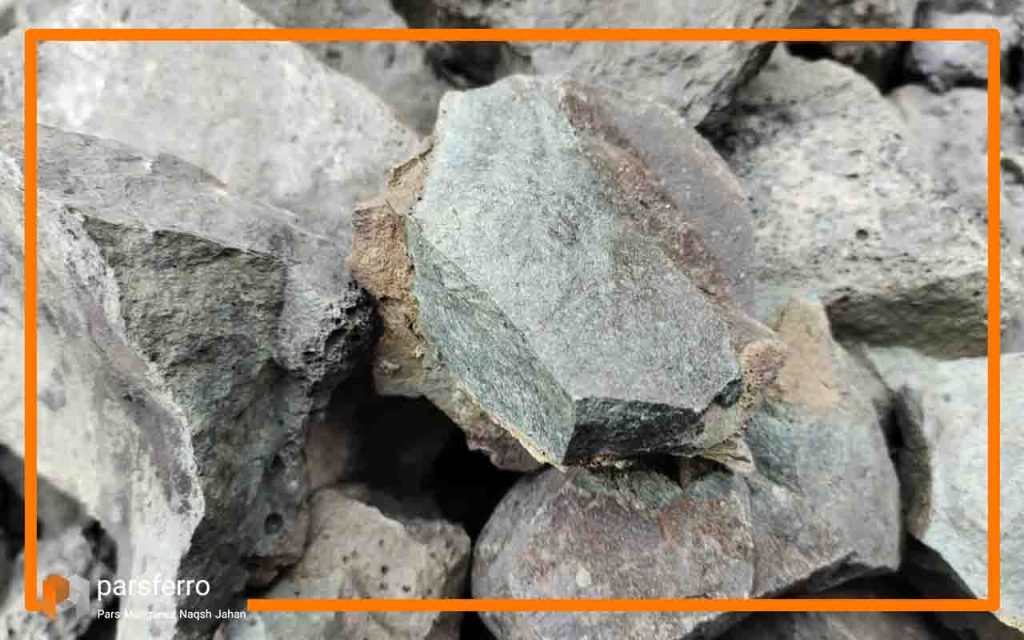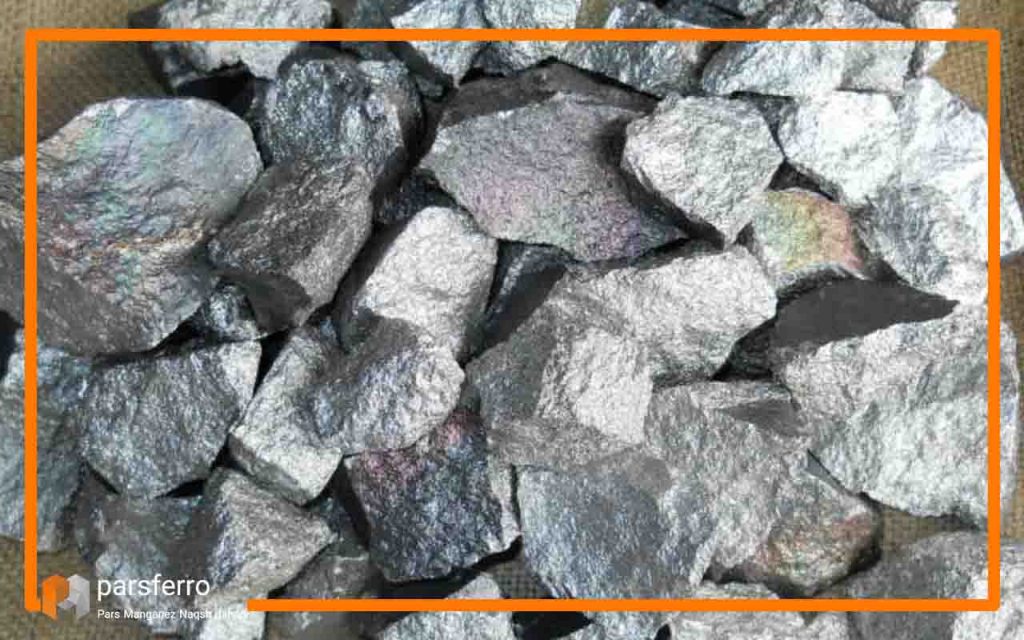Ferromanganese slag, a byproduct of the metallurgical process in the steel industry, has long been viewed as waste material. However, there has been a growing awareness of its potential as a valuable resource in recent years. This article explores the composition of ferrom anganese slag, its environmental impact, and the role it plays in waste management and recycling.
Pars Manganez Naqsh Jahan Company, as a producer of all kinds of ferroalloys, including ferromanganese, ferro silicon, etc., with the best quality, the least impurities and by the relevant standards, can meet your needs for the steel industry. Contact us by email for more information.
What is Industrial waste?
Industrial waste refers to the byproducts, residues, or discarded materials generated during industrial processes. The management of industrial waste is a critical aspect of sustainable and responsible industrial practices. The types and characteristics of industrial waste can vary widely depending on the industry, manufacturing processes, and the materials used. Effective industrial waste management involves a combination of source reduction, recycling, treatment, and safe disposal practices.
Industries are increasingly adopting sustainable and circular economy principles to minimize waste generation and enhance resource efficiency. Additionally, adherence to environmental regulations and the promotion of responsible waste management practices contribute to the overall goal of sustainable industrial development.
Metallurgical Process and Steel Industry
The steel industry relies on the metallurgical process to produce high-quality steel. Ferromanganese alloys, essential for enhancing steel properties, are obtained through the reduction of manganese ore. During the reduction of manganese ore, ferromanganese slag is generated as a byproduct.

This slag contains residual impurities and non-metallic components that were present in the original ore. Historically, ferromanganese slag was considered a burden and was often disposed of as waste material. Disposal methods included landfills or other means of separating the slag from the valuable steel products. In recent times, efforts are made to find beneficial uses for ferromanganese slag. Research and development initiatives explore ways to utilize the slag in construction materials, road building, and other applications, reducing environmental impact.
read more: What is ferromanganese production process?
Ferromanganese Slag composition
Ferrob manganese slag is a byproduct generated during the production of ferromanganese alloys, which are essential in the steelmaking industry. The composition of ferromanganese slag can vary depending on the raw materials and the specific production process used. However, a typical ferromanganese slag composition includes the following components:
read more: ferromanganese composition
- Silica (SiO2): Silica is a common component in ferromanganese slag, originating from the fluxes and gangue materials in the ore.
- Manganese Oxides (MnO and Mn2O3): Since ferromanganese is an alloy of iron and manganese, the slag will contain manganese oxides. The specific manganese oxide content can vary based on the alloy’s composition and the ore used in the process.
- Iron Oxides (Fe2O3 and FeO): Iron is a major component of ferromanganese alloys, and iron oxides are present in the slag as well.
- Alumina (Al2O3): Alumina can be present in ferro manganese slag, originating from the gangue materials in the ore or from added fluxes during the smelting process.
- Calcium Oxide (CaO): Calcium oxide is often added as a fluxing agent to help in the separation of impurities and to form a molten slag.
- Magnesia (MgO): Magnesia might be present as a component of the slag, depending on the ore and fluxes used.
- Phosphorus (P): Phosphorus can be present in ferro manganese slag, depending on the initial phosphorus content in the manganese ore.
- Sulfur (S): Sulfur content in the slag may vary, depending on the sulfur content in the raw materials and the smelting conditions.
- Potassium Oxide (K2O) and Sodium Oxide (Na2O): These alkali oxides may be present in trace amounts, depending on the raw materials and fluxes used.

Waste Management of ferromanganese slag byproduct
Effective waste management of ferro manganese slag is essential for minimizing environmental impact and promoting sustainable practices in the steel industry. Traditionally considered a byproduct with limited value, ferromanganese slag disposal has evolved over time with increased efforts to find beneficial uses and reduce its environmental footprint. Here are several waste management strategies for ferromanganese slag:
ferromanganese slag Reuse in Construction Materials
Ferromanganese slag can be incorporated into construction materials, such as concrete and asphalt. Research and development initiatives explore the potential of slag as a substitute for traditional aggregates, contributing to the strength and durability of these materials.
Road Building and Maintenance
Ferromanganese slag can be utilized in road construction and maintenance. Incorporating slag into road surfaces can enhance properties such as skid resistance and wear resistance.
Land Reclamation and Embankments
Ferro manganese slag can be used in land reclamation projects and for building embankments. Its properties can contribute to stabilizing soil and preventing erosion in certain applications.
Agricultural Applications
Some studies explore the use of ferro manganese slag in agricultural settings. The slag may contain elements that can benefit soil fertility, and its application in agriculture is being researched for its potential as a soil conditioner.

Environmental Impact Assessments
Before implementing any waste management strategy, it is crucial to conduct environmental impact assessments. These assessments evaluate the potential effects of various disposal or reuse methods on soil, water, and air quality, as well as overall ecosystem health.
Material Recovery and Recycling
Technologies for material recovery from ferro manganese slag continue to evolve. Recovery of valuable components from the slag, such as metals or other minerals, can be economically viable and environmentally beneficial.
what is ferro manganese slag used for?
Here are some common uses of ferromanganese slag:
- Construction Materials
- Fertilizer
- Cement Production
- Recovery of Metals
- Filler Material
- Environmental Applications
It’s important to note that the specific uses of ferromanganese slag can vary depending on its composition, and not all types of slag may be suitable for every application. Additionally, ongoing research and technological advancements may lead to new and innovative uses for ferromanganese slag in various industries.
Conclusion
Ferro manganese slag, once dismissed as mere waste material, now stands at the forefront of the steel industry’s efforts towards sustainability. Recognizing its composition, addressing waste management challenges, and exploring recycling opportunities are essential steps in transforming ferromanganese slag into a valuable resource.


No comment